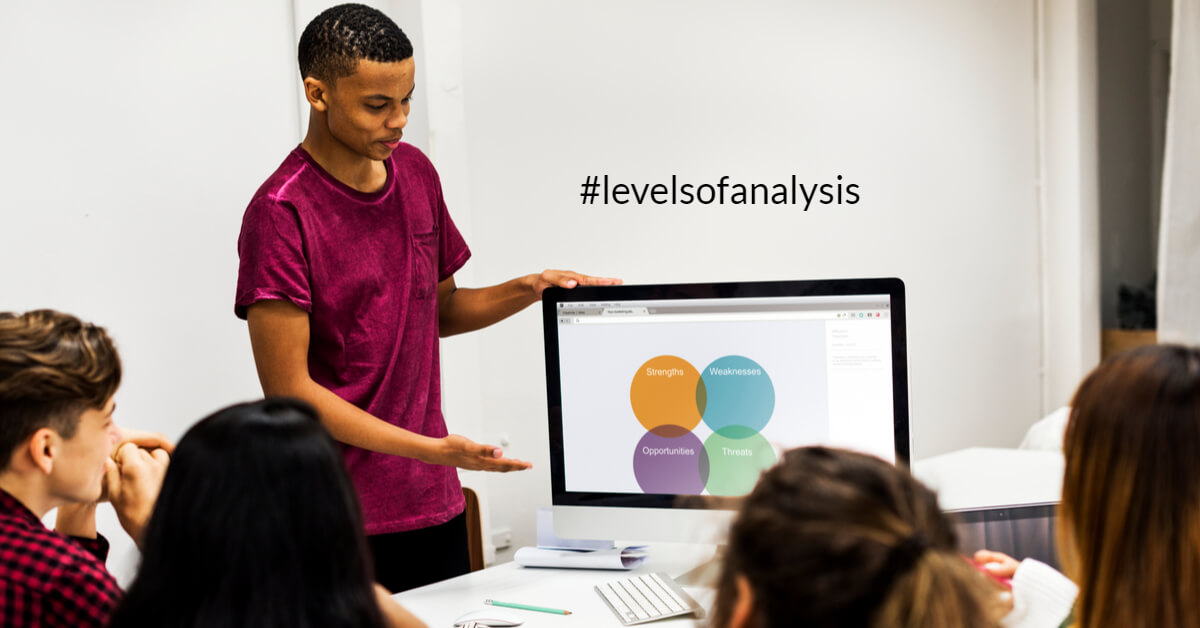My high school journey in India, like that of most people across the globe, was intense for the wrong reasons. The goals of the institution were clear: deliver top performance in the nationwide graduating exams and get students into the best higher education institutions in the country. My friends and I spent most of our time studying books and memorizing as much as possible. Our teachers dedicated their time and efforts to preparing extra classes and mock exams, where we regurgitated all we learned. The objectives were clear: high grades and admission to a good university.
And those objectives were met. Students passed with top-notch grades and got into reputable universities. Fast forward five years. As a recent, well-traveled college graduate of Minerva University, I can only look back and wonder whether myself, my parents, and teachers were chasing the wrong goals.
I have enough distance now to reflect on how my and others’ high school educations could be reformed to make students not just truly college-ready, but also equip them with the skills that will help them navigate life beyond college.
1. Make classes a place to apply information rather than to gather it
My classes in…


